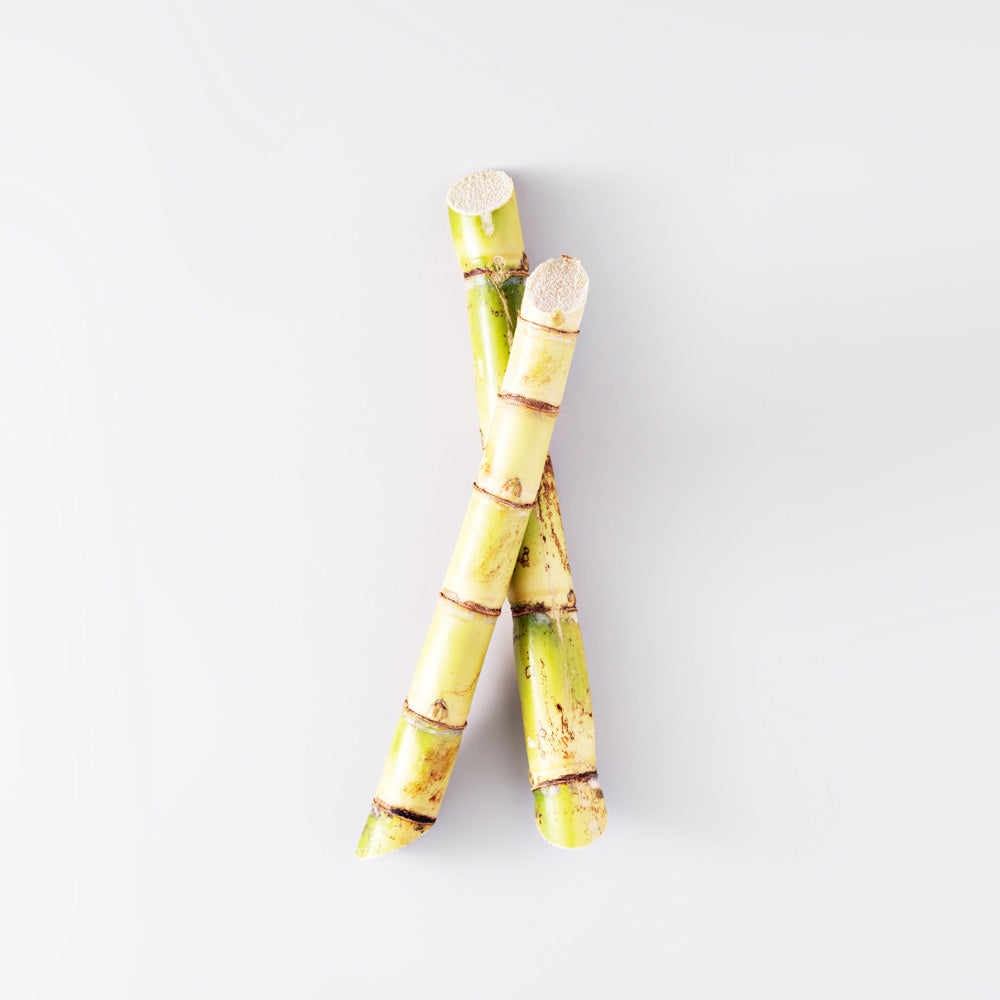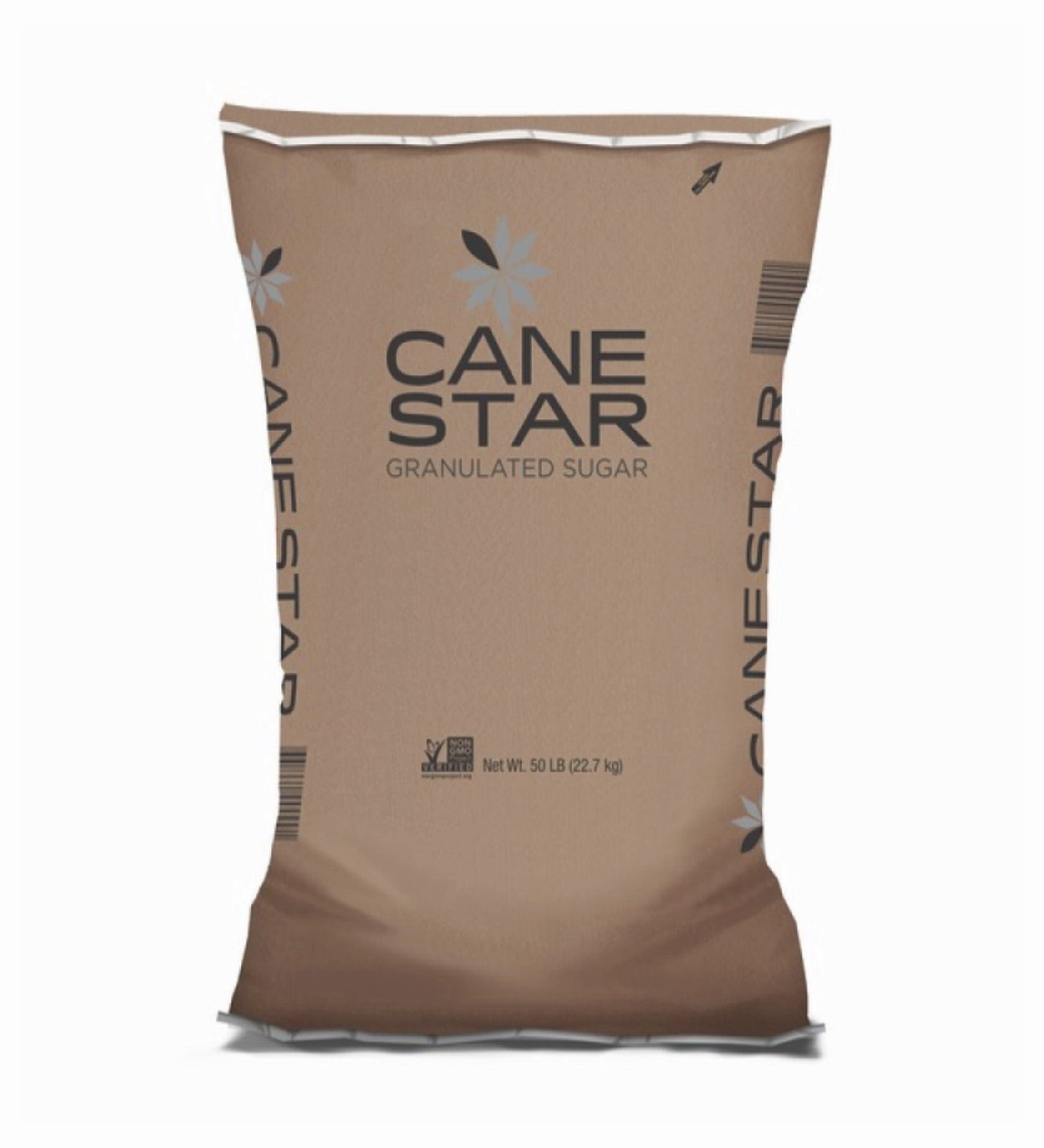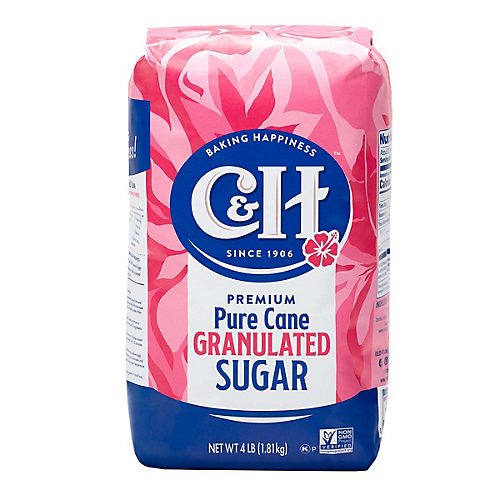Advanced Cane Sugar Processing: Enhancing Efficiency and Sustainability
Advanced Cane Sugar Processing: Enhancing Efficiency and Sustainability
Blog Article
Discovering the Comprehensive Tips Associated With Walking Cane Sugar Processing From Collecting to Refinement
The process of cane sugar manufacturing includes a series of complex actions, beginning with the careful harvesting of sugarcane and finishing in the refinement phases that guarantee the end product satisfies industry requirements. Each phase, from the removal of juice to the purification and crystallization procedures, plays a vital duty in establishing the high quality and personality of the sugar. Comprehending these phases not just highlights the complexity of sugar production but additionally raises vital inquiries regarding effectiveness, sustainability, and innovation in the market. What effects do these factors have for future techniques?
Gathering Sugarcane
Collecting sugarcane is a critical action in the walking cane sugar handling chain, as it straight influences the quality and yield of the end product. Proper timing and techniques are vital during this phase to guarantee ideal sugar material and reduce losses. Normally, sugarcane is gathered when it reaches maturity, typically 12 to 18 months after planting, characterized by a high sucrose concentration.

Post-harvest, the sugarcane needs to be processed swiftly to avoid sucrose degradation. Ideally, harvested cane needs to be transported to refining facilities within 24 hours to preserve sugar top quality. Therefore, effective logistical planning is crucial to maintain the integrity of the harvested plant throughout the supply chain.
Removal Refine

The smashed cane goes through a collection of pushing procedures to make the most of juice healing. Commonly, hot water is splashed onto the crushed walking stick, creating a countercurrent flow that assists liquify the sugar while additionally assisting in the removal process. The juice accumulated from this procedure includes not only sugar but additionally various natural substances and impurities.

To boost extraction performance, some facilities might utilize diffusion methods, where the sugarcane is saturated in warm water, permitting the soluble sugars to diffuse right into the liquid. The resulting juice, rich in sucrose, is then routed to succeeding handling stages, laying the foundation for purification and refinement. The removal process is therefore pivotal in figuring out the high quality and return of the final sugar item.
Filtration Strategies
The purification techniques utilized in cane sugar handling are Look At This necessary for transforming the raw juice into a premium sugar item. These approaches primarily intend to get rid of impurities, such as soil, plant materials, and inorganic materials, which can negatively affect the end product's flavor and shade.
One of one of the most usual filtration strategies is clarification. This process involves including lime and warm to the raw juice, which promotes the coagulation of contaminations. The resulting precipitate is after that removed through sedimentation or purification, generating a more clear juice. Additionally, making use of phosphoric acid can enhance the information process by additional binding pollutants.
An additional considerable technique is carbonatation, where co2 is introduced to the made clear juice. This reaction generates calcium carbonate, which captures continuing to be contaminations and promotes their elimination.
Additionally, activated carbon therapy may be put on adsorb any staying colorants and organic pollutants, guaranteeing an extra refined item. The combination of these techniques efficiently prepares the sugar juice for subsequent actions in the refining process, establishing the stage for the manufacturing of premium cane sugar.
Formation Methods
After the filtration stage, the next important action in walking stick sugar handling involves condensation approaches, which play a critical function in changing the clarified juice into strong sugar. This process normally uses two main approaches: spontaneous crystallization and controlled formation.
In spontaneous crystallization, supersaturated sugar remedies are permitted to cool down naturally, leading to the development of sugar crystals over time. This technique allows for the consistent growth of sugar crystals and higher pureness.
Throughout crystallization, the cleared up juice is concentrated via evaporation, increasing its sugar material until it reaches supersaturation. Once this point is accomplished, either technique can assist in the formation procedure. Cane Sugar Processing. The resultant sugar crystals are then separated from the remaining syrup via centrifugation
Inevitably, the option of condensation method affects the quality, size, and pureness of the last sugar product, making this action important in the general cane sugar processing treatment.
Refinement and Packaging
Just how can the purity and quality of walking cane sugar be additionally improved after crystallization? The improvement process plays a crucial duty in accomplishing top quality walking cane sugar. Complying with crystallization, sugar undertakes a detailed washing to remove contaminations and residual molasses. This is typically achieved using cozy water or heavy steam, which helps liquify and draw out undesirable aspects while protecting the sugar crystals.
Next, the sugar undergoes a process called centrifugation, where it is rotated at broadband to separate the detoxified sugar crystals from the remaining fluid. After centrifugation, the sugar is frequently more refined via a method called carbonization or phosphatation, which makes use of activated carbon or phosphoric acid to get rid of shade and off-flavors.
As soon as refined, the sugar is dried to accomplish the wanted moisture content, making sure that it continues to be stable during storage and transportation. The final action involves packaging the refined sugar in moisture-proof and impermeable containers to maintain its high quality and stop contamination. Cane Sugar Processing. Correct product packaging not just extends service life but Get More Information also helps with her comment is here easy handling and circulation, guaranteeing that customers obtain sugar that fulfills the highest standards of purity and high quality
Final Thought
The thorough actions entailed in walking cane sugar handling, from the careful harvesting of sugarcane to the intricate refinement and packaging stages, underscore the relevance of each stage in making sure premium sugar manufacturing. Optimal harvesting methods, effective removal approaches, and strenuous filtration processes jointly contribute to the end product's pureness and security. The formation and succeeding product packaging techniques better enhance the stability and service life of the sugar, highlighting the intricacy and accuracy inherent in this essential farming market.
The process of walking cane sugar production encompasses a collection of complex steps, starting with the cautious harvesting of sugarcane and culminating in the improvement phases that make certain the final product fulfills market standards. Ideally, harvested cane must be carried to refining facilities within 24 hours to preserve sugar top quality.In spontaneous formation, supersaturated sugar services are enabled to cool naturally, leading to the formation of sugar crystals over time - Cane Sugar Processing. The improvement process plays an important duty in achieving top quality walking cane sugar.The comprehensive actions included in cane sugar processing, from the careful harvesting of sugarcane to the elaborate refinement and packaging phases, underscore the value of each stage in ensuring high-quality sugar manufacturing
Report this page